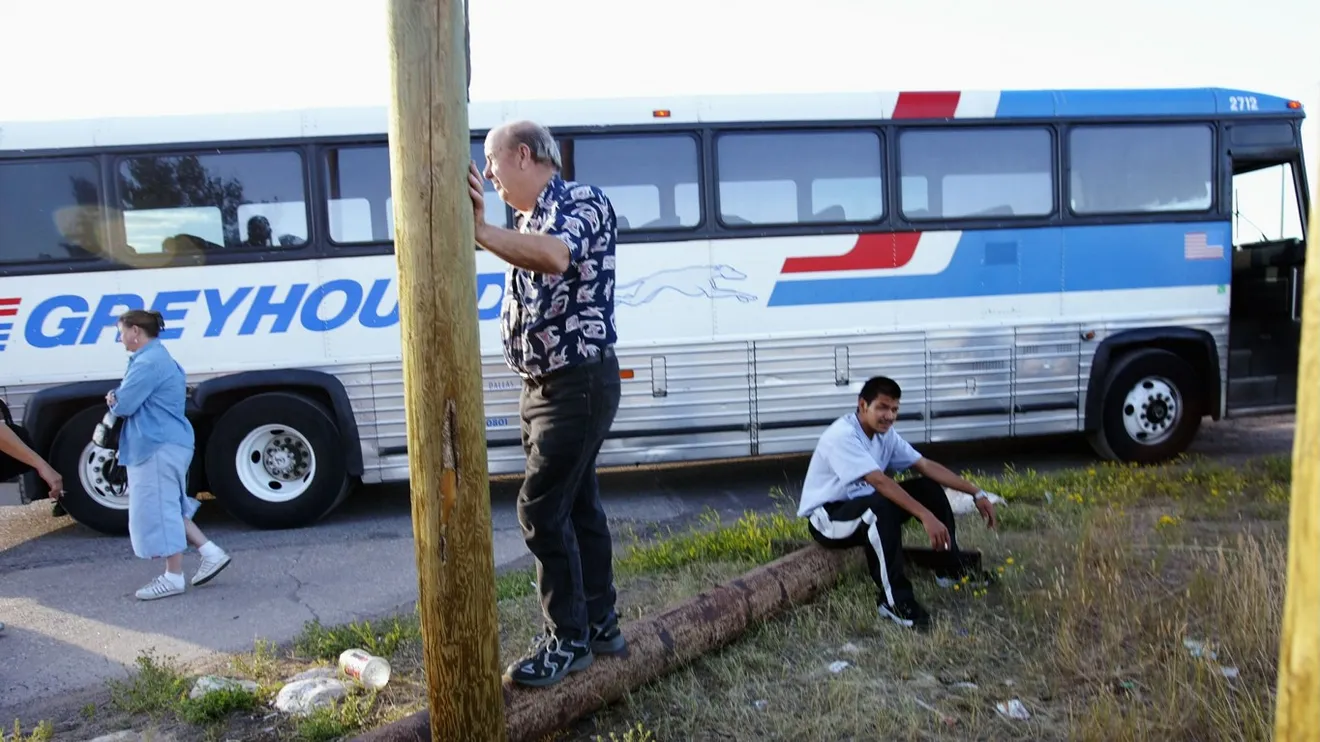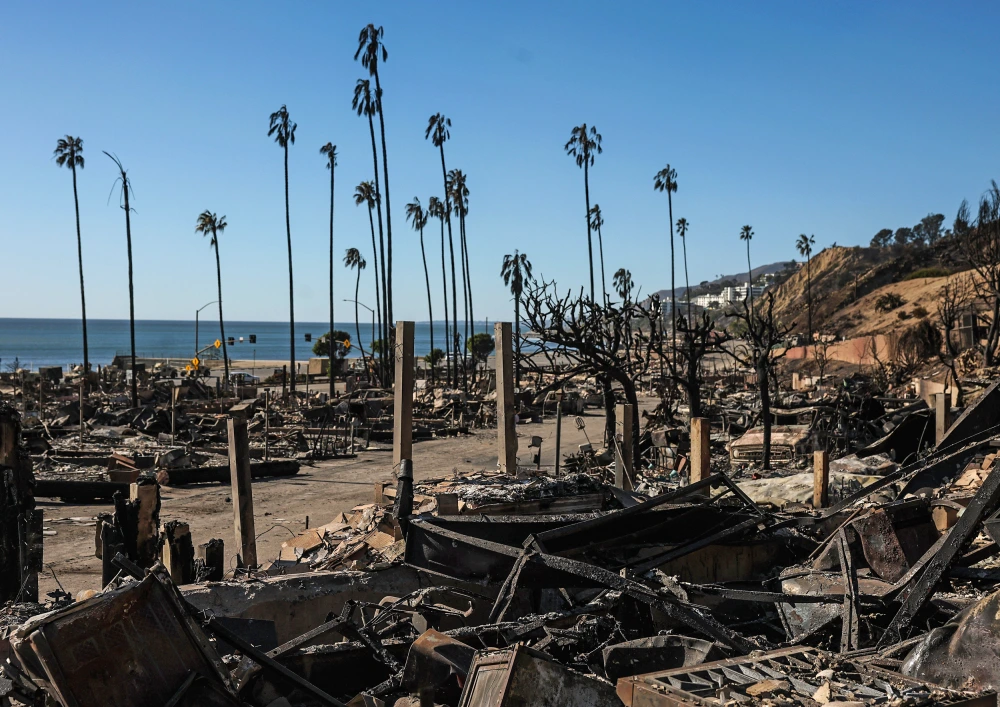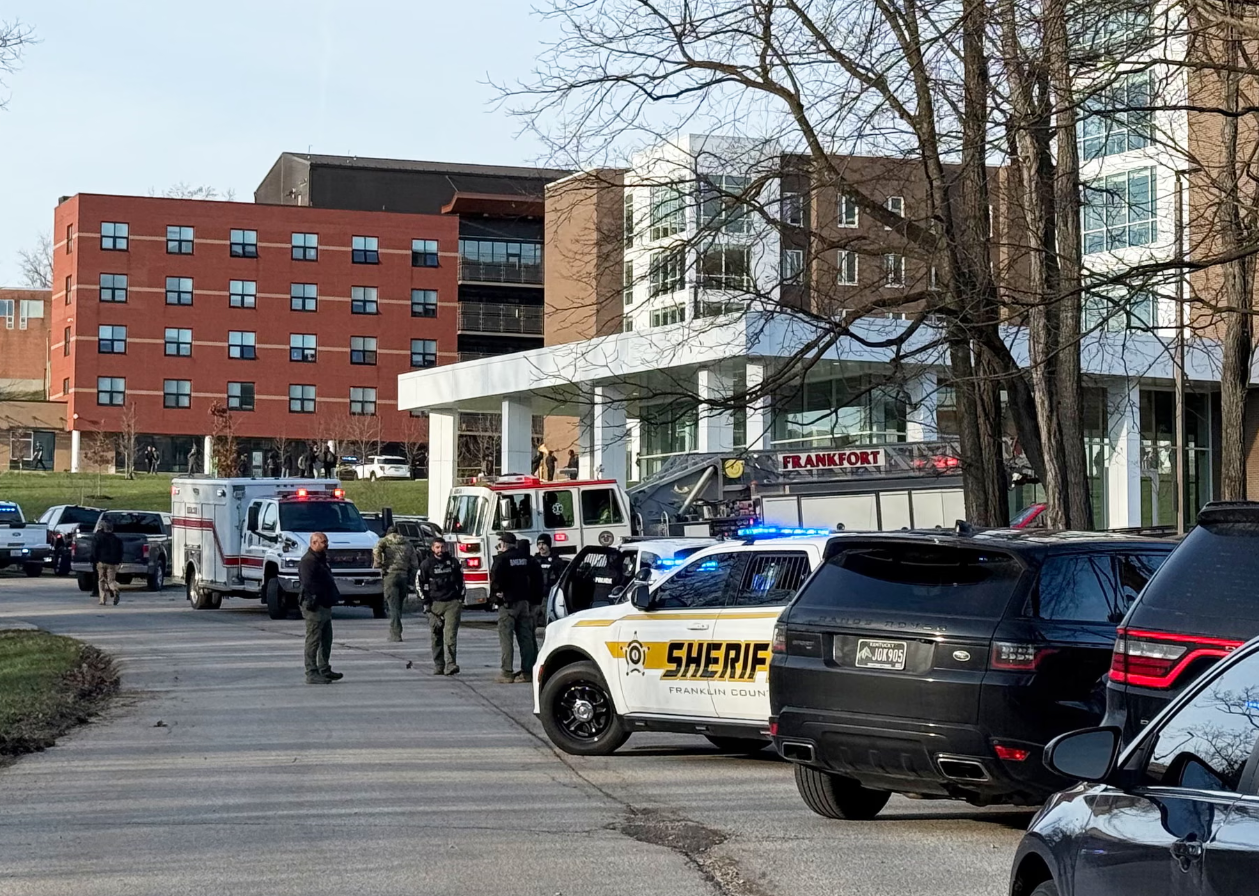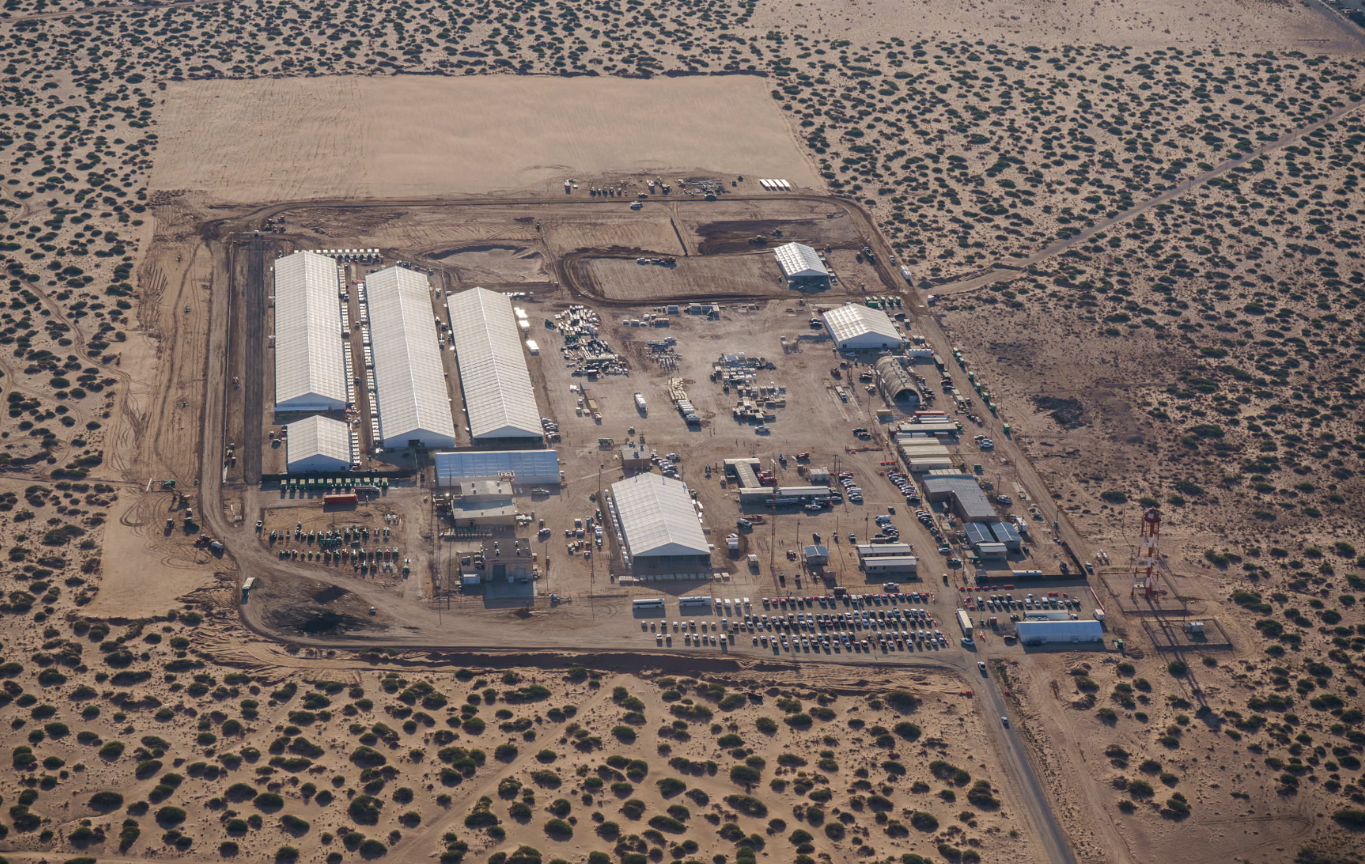American Indians and Native Alaskans face a “disproportionate burden” of oral health disease in the U.S. from childhood onward, a crisis with roots in structural racism and exacerbated by lack of access to healthy food and housing stability, a joint research effort has found.
The situation was outlined in a report compiled by CareQuest Institute for Oral Health, a nonprofit group based in Boston, in collaboration with the Society of American Indian Dentists, the National Indian Health Board and Southern Plains Tribal Health Board.
Poor oral health can have far-reaching consequences, not only as a precursor to other physical health issues but as a factor in depression and mental health issues, said Myechia Minter-Jordan, CareQuest’s president and CEO. Poor oral health can also prevent people from getting jobs or affect elderly people’s ability to eat, she added.
“We have to raise that visibility of interconnectedness between oral health and the rest of the body,” Minter-Jordan said.
What oral health issues do Indigenous communities face?
The researchers explored oral health, access to care and related quality of life as well as discrimination and socioeconomic instability among American Indian/Alaska Native adults using existing data and responses to CareQuest’s 2022 State of Oral Health Equity in America survey. That survey polled 564 American Indian/Alaska Native adults compared against a larger sample of nearly 5,700 U.S. adults.
Among the statistics cited or compiled by the report:
Rates of early childhood tooth decay are three times higher among American Indian/Native Alaskan children than in white children.
American Indian/Native Alaskan adults are twice as likely to have untreated decay than the general population.
Tooth loss was reported among 83% of American Indian/Alaskan Native adults, compared to 66% of the general population.
About a third (33.6%) of American Indian/Alaskan Native adults reported being unable to visit dental care providers since the pandemic, compared to 18.4% of those outside the population.
What accounts for these disparities?
Issues of structural racism, the authors wrote, place Indigenous communities at high risk of poor oral and overall health. They cited historical and intergenerational factors including genocide, geographic relocation, exposure to infectious diseases and forced boarding school attendance.
Those factors, they said, are reflected in the ongoing poverty, homelessness and inadequate access to healthy food and routine preventative care that plague many American Indian/Alaska Native communities.
More than half (54%) of Indigenous adults reported having been denied health or oral health care because of discrimination, compared with 40% of those who did not identify as such. Meanwhile, nearly a quarter said transportation issues caused them to either delay or fail to access care in the past year.
That makes sense, said Miranda Davis, a program director for the Tribal Community Health Provider Project in Portland, Oregon.
“Many Native Americans live in remote areas around the county,” Davis said at a webinar held Thursday to discuss the findings. “Many roads are not paved, and it’s very challenging to go long distances to get the care that you need.”
Dental anxiety, too, can be a factor. About one in five American Indian/Alaska Native respondents reported feeling fear or stress about dental settings compared to 12.2% of the general population.
American Indian/Native Alaskan people were more than three times as likely than other groups to report seeking emergency care for dental issues or mouth pain in the previous year.
“In many states, Medicaid does not allow for more than emergency care,” Minter-Jordan said.
A call for cultural competency
The authors called for improving community health data collection in addition to elevating the role of American Indian/Alaskan Native communities in making decisions about resource allocation and strategies.
“We must place native voices at the center of solutions,” said Cristin Haase, president of the Society of American Indian Dentists.
The authors also called for emphasizing culturally informed care by training existing providers and addressing a lack of American Indian/Native Alaskan dental students.
“The lack of representation is significant, because the importance of cultural competency cannot be overstated,” Minter-Jordan said.
Such competency, advocates say, provides connection and credibility.
“Sometimes we have to step back and think about what the barriers are,” Minter-Jordan said. “Maybe it’s affordability, or – we often focus on nutrition, but some areas are food deserts…. It’s about asking questions, trying to understand people’s lived experience and talking with patients to create a plan. You have to have a level of humility.”
American Indian, Alaska Native communities face’disproportionate burden’of poor oral health




